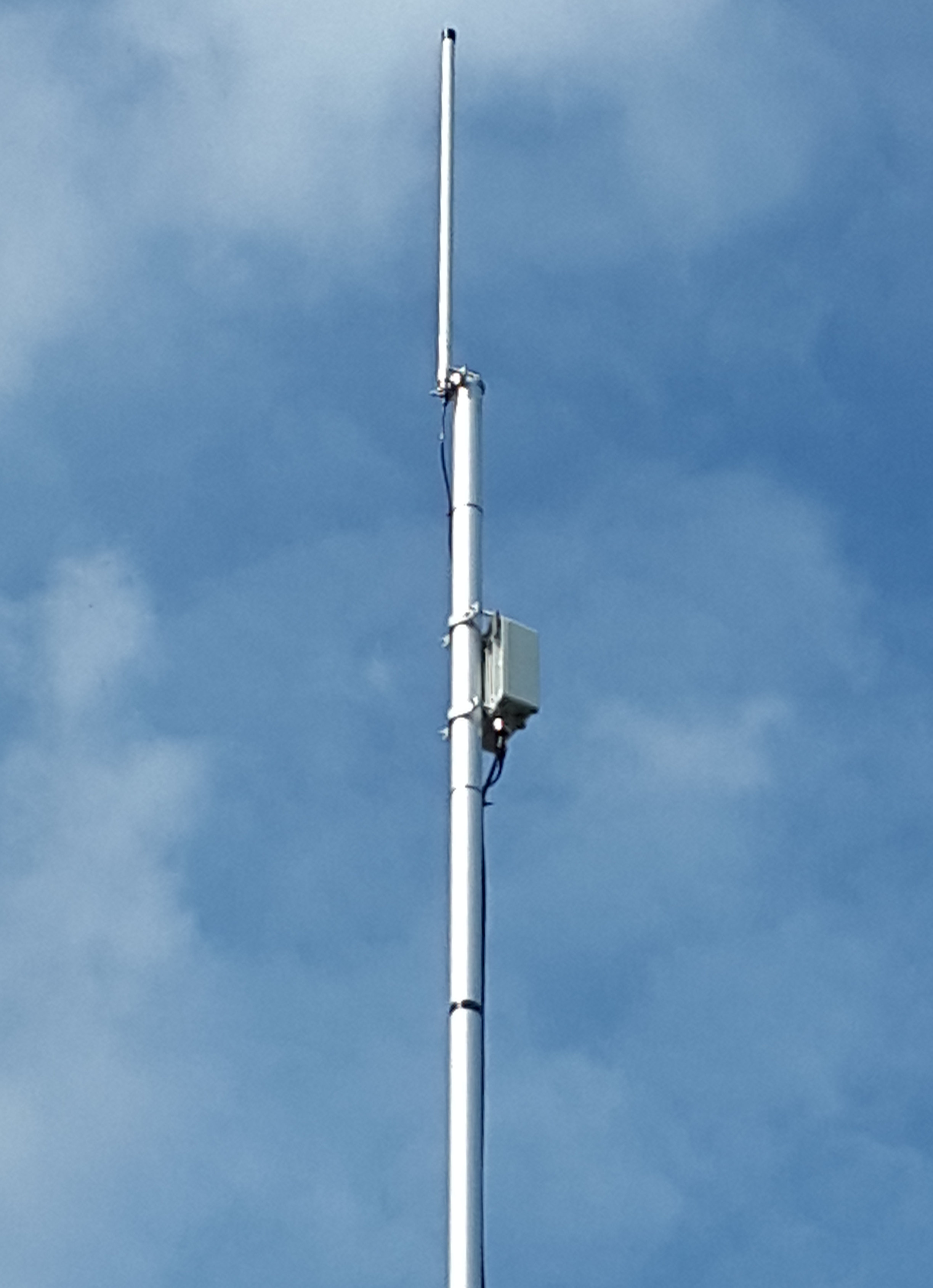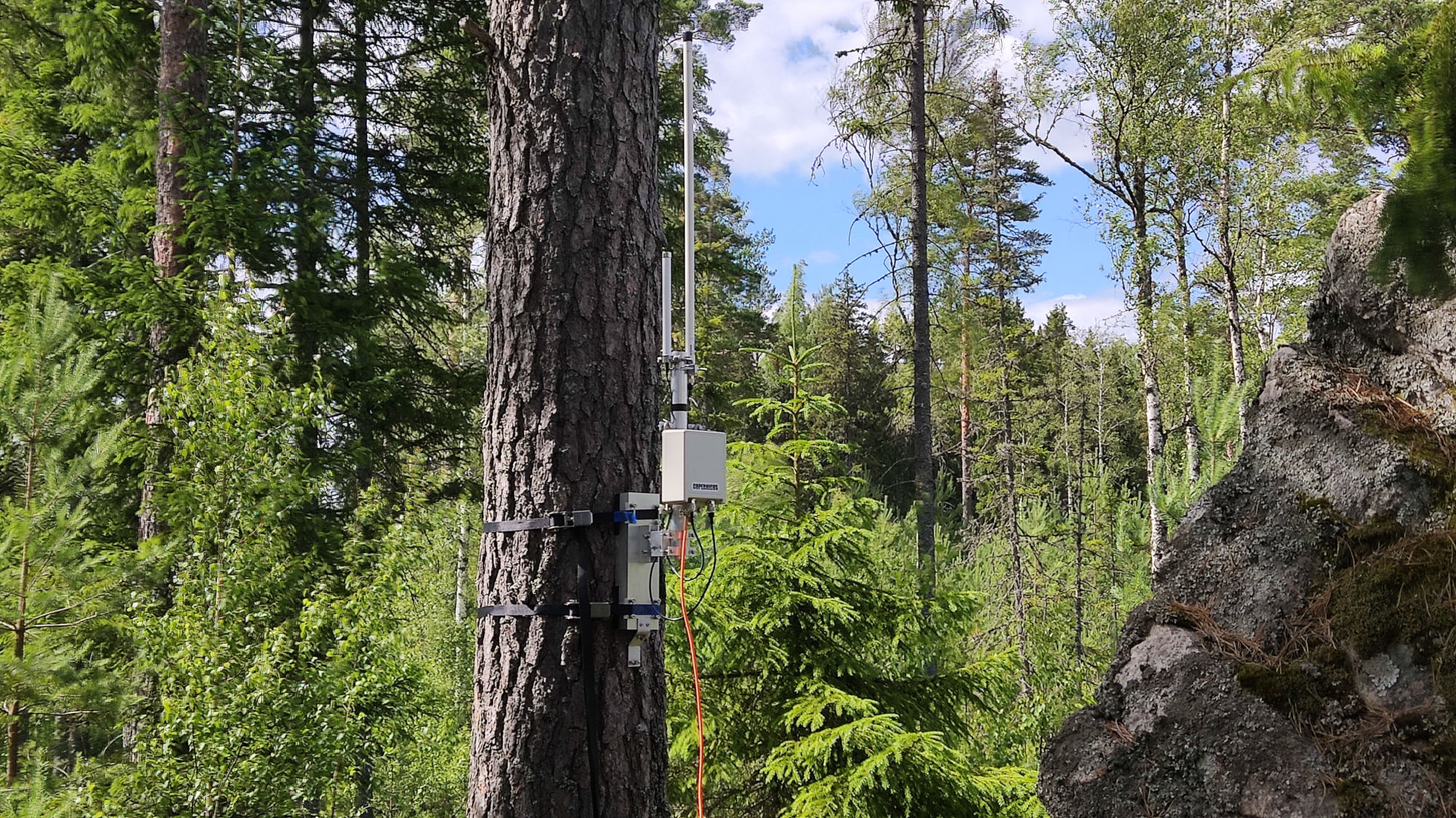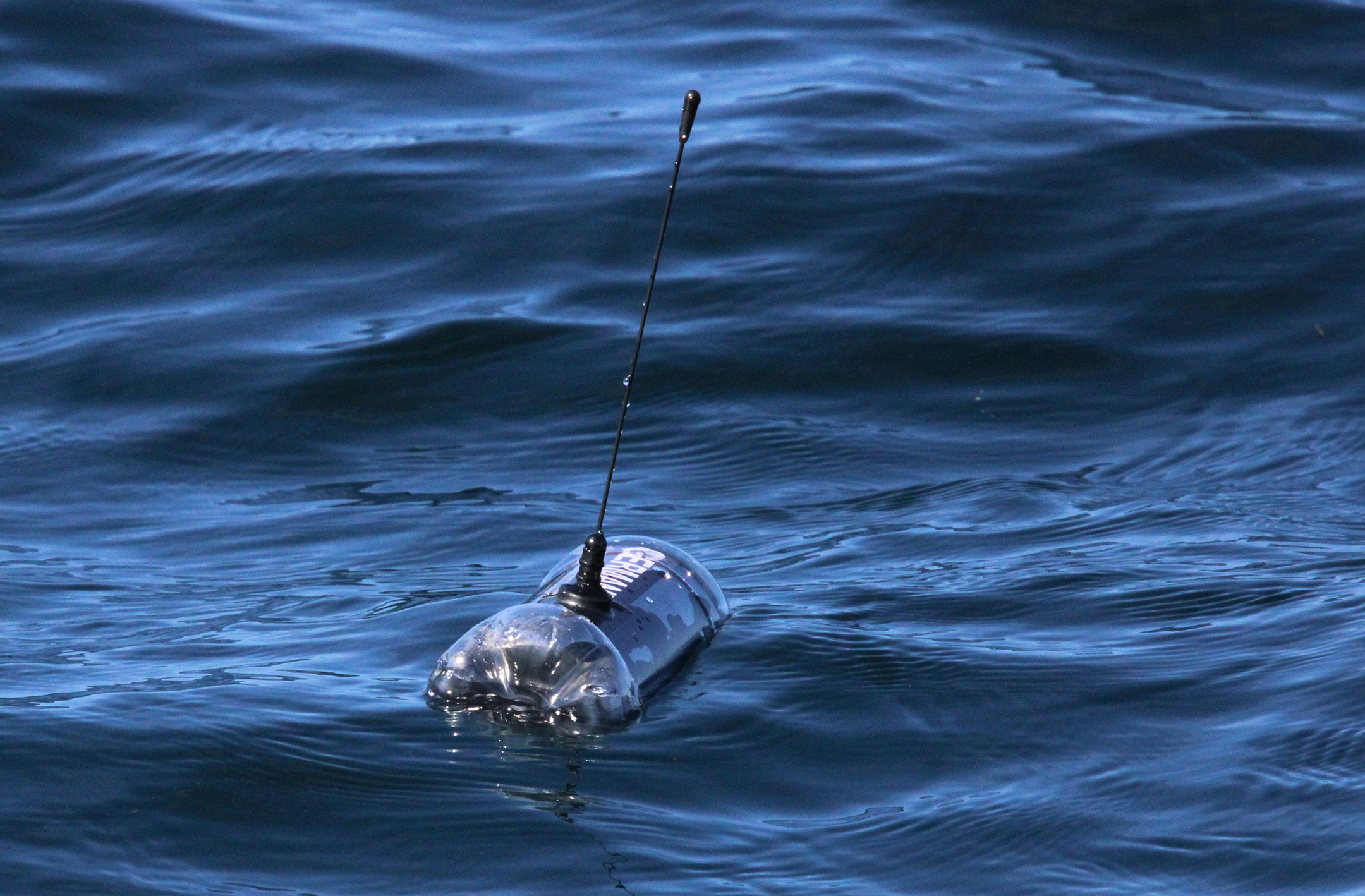LoRaWAN
The most dominant LPWAN technology today
LoRaWAN (Long Range Wide Area Network) is a low-power, wide-area networking protocol designed for wireless battery-operated devices in regional, national, or global networks. It operates on unlicensed radio frequencies, providing long-range communication with low data rates, making it ideal for IoT (Internet of Things) applications like smart cities, agriculture, and industrial monitoring. It is also gaining traction in the wildlife monitoring market. LoRaWAN networks support many devices with extended battery life, offering a good balance between coverage, capacity, and energy consumption.

Comparison of LoRaWAN vs. Sigfox
LoRaWAN has significantly outpaced Sigfox in terms of the number of devices deployed, especially in the last few years, making it the dominant LPWAN technology globally. The two technologies experienced different adoption trajectories over the years.
Sigfox
2018-2019: Sigfox was an early leader in the LPWAN space, with significant deployments in multiple countries. By 2018, Sigfox had deployed its network in over 60 countries and had millions of devices connected globally. Estimates suggested that by the end of 2019, there were around 10 million Sigfox devices deployed.
2020-2022: Sigfox continued to expand, particularly in Europe and some parts of Asia, but it faced increasing competition from LoRaWAN and NB-IoT (Narrowband IoT). Sigfox’s growth rate slowed compared to earlier years. As of 2022, it was estimated that there were between 15-20 million Sigfox devices deployed worldwide.
LoRaWAN
2018-2019: LoRaWAN, backed by the LoRa Alliance, saw rapid growth starting in 2018, with a broader ecosystem and support from major companies like Semtech. By the end of 2019, the number of LoRaWAN devices was estimated to be around 40 million, significantly higher than Sigfox.
2020-2023: LoRaWAN's growth continued to accelerate, with significant deployments in smart cities, utilities, and industrial IoT. By 2022, there were reportedly over 200 million LoRaWAN devices deployed globally, with projections of continued exponential growth. By 2023, estimates suggest this number could be as high as 350 million devices, far outpacing Sigfox.
Summary
LoRaWAN had established itself as the clear leader in the LPWAN space, with a much larger number of devices deployed compared to Sigfox. LoRaWAN's open standard, broader ecosystem, and flexibility (support for public, private, and hybrid networks) contributed to its dominance. Device Count: As of the latest estimates, LoRaWAN devices outnumber Sigfox devices by a factor of around 10 to 1. While Sigfox has a strong presence in specific regions and use cases, LoRaWAN's growth has been more widespread and faster.
In summary, LoRaWAN has significantly outpaced Sigfox in terms of the number of devices deployed, especially in the last few years, making it the dominant LPWAN technology globally.


